Author: Steve Young, managing director, ICDP
The franchise system means that it is generally the dealers who make the investments in property, whilst the manufacturers dictate, but rarely fund, the scale and style of that investment.
In the United States, this has now come to a head with the National Automobile Dealers Association (NADA) sponsoring research in order to push back on 'factory facilities programs'.
In Europe we also see a number of manufacturers requiring major makeovers of dealerships and investment in new technologies that provide bigger and better virtual displays of products and features, despite the fact that in many markets dealer margins are under real pressure.
In no case do we see any indication yet that manufacturers have stepped back and reconsidered what the role of the dealership is, as customers do more online research and visit fewer dealers, less often.
We see two fundamental options with respect to physical dealership sites.
The first is that the dealership is made into a 'destination' – somewhere where the experience is so positive that it will draw customers in, potentially even when they are not actively considering replacing their car.
This experience will require more than a display of vehicles and a glitzy showroom, and manufacturers and dealers should look to other forms of retail for inspiration to see why some retailers (including Apple) and shopping centres have become destinations for 'retail therapy'.
We should also not forget an example closer to home where some motorcycle dealers attract large numbers of customers and prospects on a regular basis who are not in active buying mode.
The second option is that dealerships adapt to the new customer behaviours, finding ways to get engaged with customers during their virtual shopping activity when they can still be influenced with respect to which cars to consider and which two dealers to visit.
As most buyers start their process on manufacturer websites, before looking at third party sites and possibly dealer sites, this virtual engagement is something which manufacturers and dealers need to work on together, capturing the customer to the brand, and then steering them to contact the dealership.
The initial dealer interaction will then be by phone, email and internet, requiring different skills (and working patterns) than in today’s dealership.
In the US, this type of activity would normally be established as a standalone 'business development centre' – an approach which makes sense in terms of having the right skills for that task, but ignores the possibility that those same skills might also work better in the face-to-face interactions in the dealership.
Taken together, these approaches suggest that investing in facilities for today’s business model is highly risky.
As the investor, dealers should be demanding a 10 year view from their manufacturers as to how they envisage the dealer network developing in terms of locations, format and role.
If the manufacturer is unable to convince the dealer that a required investment is justified in this context, the dealer should be either refusing, or ensuring that the investment can produce positive returns over a shorter timescale than normal.
Existing property portfolios should be critically reviewed to ensure that property and leases do not become a liability with values falling as the whole sector restructures towards a new business model.
We call this the “property timebomb” on which the clock is already ticking, and it possibly represents the biggest balance sheet risk for groups and the personal fortunes of owner-operators.
- This is an excerpt from an article that also looks at the customer journey and retention and staff in the AMi 2014 UK Franchised Dealer Market Report available from AM. More information and free sample.

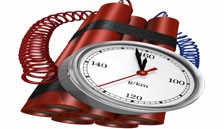

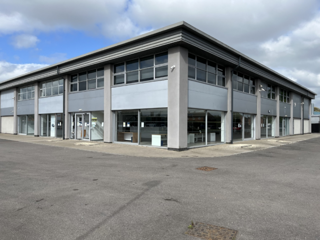
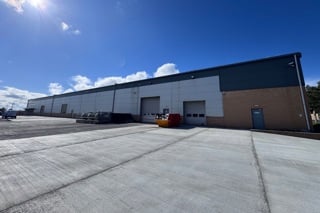
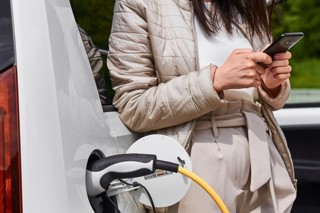
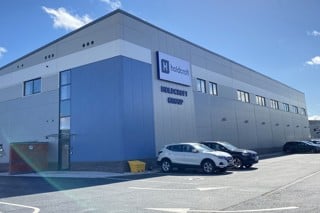









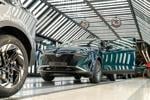


Alun Oliver, FRICS - Managing Director E³ Consulting - Property Tax Specialists - 18/12/2013 13:51
Interesting article, however the author fails to consider the valuable tax relief available to the dealerships from capital allowances (cost segregation for US tax depreciation) arising from their purchase or fit out expenditure on their dealerships. High brand consistency should lead to better customer experience from thought to purchase and on-going service relationship. Modern dealerships can achieve tax savings against 25% to 70% of their spend, subject to design specification or third party (manufacturer) contributions. http://bit.ly/1khlsKX